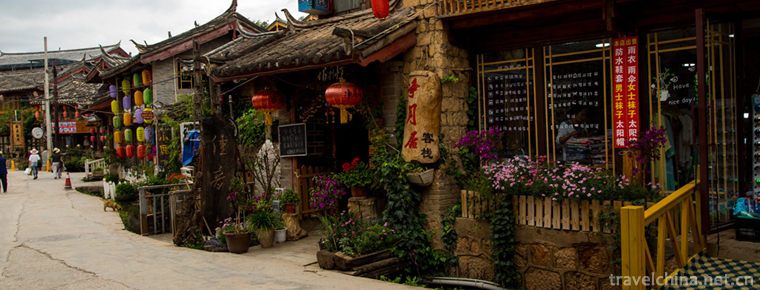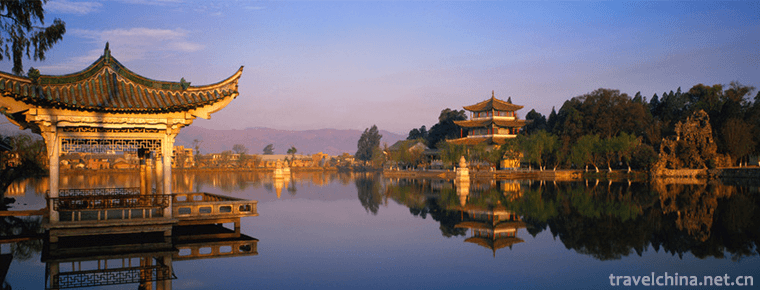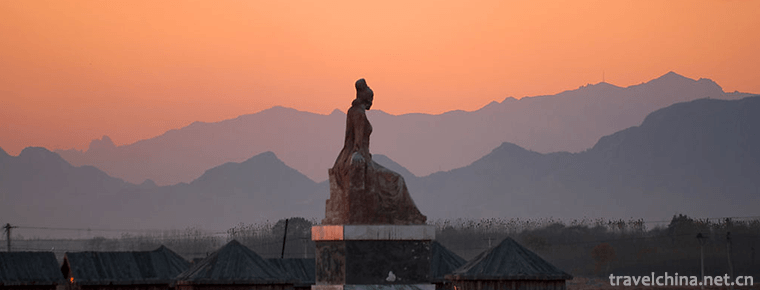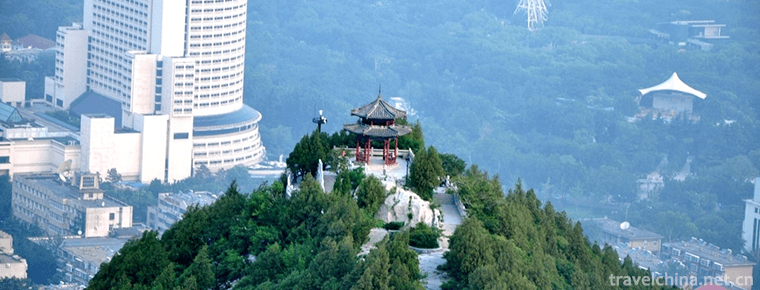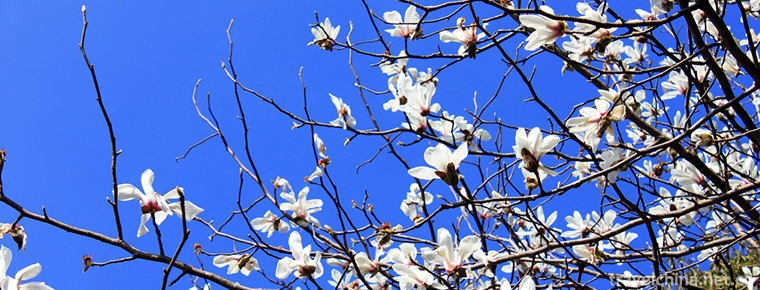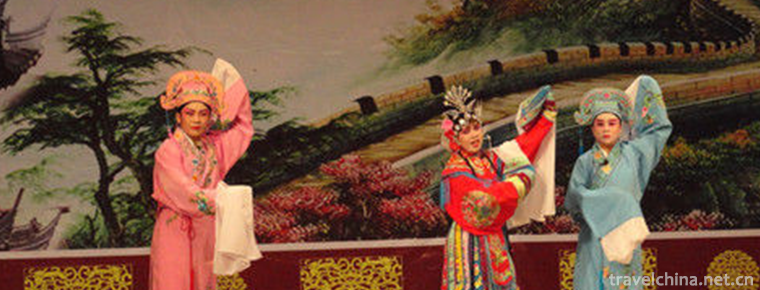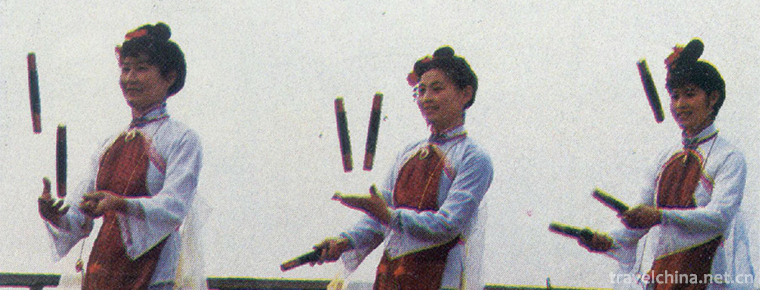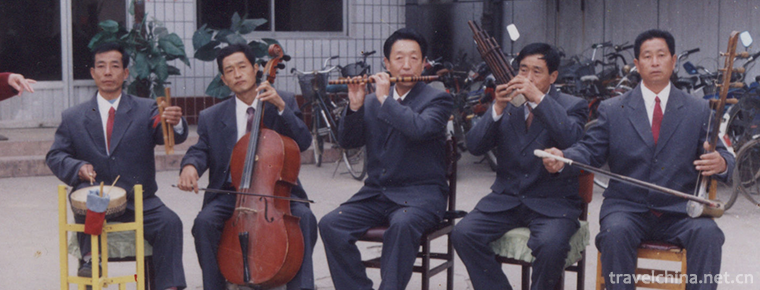Guangyuan natural resources
Guangyuan natural resources
water resource
There are more than 4700 water conservancy projects in Guangyuan City, including 6 medium-sized reservoirs and 558 small reservoirs. There are 1.583 million mu of water area, 6.867 billion cubic meters of water resources and 1 billion cubic meters of underground water resources. There are 2.96 million kilowatts of hydropower and thermal power stations with a total installed capacity of 900000 kilowatts, of which Baozhusi power station has an installed capacity of 700000 kilowatts.
Forestry resources
Guangyuan City has 14.919 million mu of forest land (including 11.7 million mu of forest land, 69 million mu of no forest land, 165 000 mu of sparse forest land, 1.41 million mu of shrub land and 99 million mu of unfinished forest land), accounting for 58% of the total area of the city. The existing forest area of the city is 11.7 million mu, the forest coverage rate is 45.3%, and the forest volume is 45.28 million cubic meters. The city's commercial forest covers an area of 350600 hectares, and the annual cutting plan for the eleventh five year plan is 872600 cubic meters. The city has 195000 mu of barren hills and wasteland suitable for forestry. 11 nature reserves (including 2 national nature reserves, 5 provincial nature reserves and 4 municipal and county-level nature reserves) and 170 nature reserves have been established, covering an area of 4.442 million mu, accounting for 18.1% of the total area of the city. Seven forest parks have been established (including 2 national forest parks, 3 provincial forest parks and 2 municipal forest parks).
Biological resources
There are 400 species of wild animals in Guangyuan City, including 76 species of national and provincial key protected wildlife, such as giant panda, golden monkey, antelope, etc. (according to statistics in 1999, there are more than 60 giant pandas alone). There are more than 2900 kinds of wild plants in the territory, only 832 kinds of precious wild woody plants are distributed, including 34 kinds of national key protected plants, such as Davidia involucrata, water green tree, Lianxiang tree, jiangebai, etc. There are more than 40 species of wild animals and plants listed in the Red Book of the United Nations Convention on international trade in endangered species of Wild Fauna and flora.
mineral resources
There are 480 ore producing areas in Guangyuan City, 377 mineral deposits have been identified, including 6 large-scale deposits and 39 medium-sized deposits, mainly including refractory clay, coal, flux limestone, placer gold, glass quartz sand, silica fume platform, crystalline graphite, shale, etc. Among them, 171.7288 million tons of coal, 44802 kg of gold, and more than 373 million cubic meters of natural gas reserves. They are mainly distributed in Qingchuan, Wangcang, Shizhong District, Chaotian and Yuanba counties. Most of the non-metallic minerals in the city are non-ferrous minerals, mainly coal and placer gold.
population
By the end of 2019, the household registration population of Guangyuan was 2 million 988 thousand and 600. Among them, 1456500 women and 1532200 men accounted for 48.7% and 51.3% of the total population, respectively; 764100 urban population and 2224500 rural population accounted for 25.6% and 74.4% of the total population, respectively. By the end of 2019, there are 2.675 million permanent residents in Guangyuan. Among them, there are 1.2626 million urban population and 1.4124 million rural population. The urbanization rate of permanent residents was 47.20%, 1.57 percentage points higher than that of the previous year. The birth rate was 8.55 ‰, the mortality rate was 6.13 ‰, and the natural growth rate was 2.42 ‰.
Note: the permanent resident population refers to the population who has actually lived in a certain area for more than half a year.

Guangyuan natural resources
-
The classical gardens of Suzhou
The classical gardens of Suzhou / Suzhou classical gardens, referred to as Suzhou gardens, are world cultural heritage, national AAAAA class tourist attractions
Views: 297 Time 2018-12-06 -
Legend of Meng Jiangnu
Meng Jiangnu's story, as one of the four love legends in ancient China (the other three are Niulang and Zhinu, Liang Shanbo and Zhu Yingtai, and The Legend of White Snake), has been widely circulated
Views: 298 Time 2018-12-23 -
Thousand Buddhas Mountain
Qianfo Mountain is one of the three major scenic spots in Jinan. It was called Lishan in ancient times. Because it was called Shun's farming in Lishan in ancient times, it was also named Shun Mountain
Views: 221 Time 2018-12-26 -
Haitangshan Scenic Area
Haitangshan Mountain is one of the top ten scenic spots in AAAAAA, National Forest Park, National Nature Reserve, Provincial Key Cultural Relics Protection Unit and Province
Views: 163 Time 2019-01-13 -
Taoist Drama
Taoist sentiment is a category of traditional Chinese folk art. It originated from Taoist songs such as Chengtian and Jiuzhen in Tang Dynasty. The Southern Song Dynasty began to accompany with fishing
Views: 288 Time 2019-04-25 -
Chord music
The mouth string is also known as the sounding strip, the strip spring and the mouth spring. It is a small musical instrument which is deeply loved by the minority compatriots. The content of playing
Views: 236 Time 2019-05-10 -
Three stick drum
Sanwanggu is a kind of folk singing form widely spread in Youyang of Chongqing, Yongshun County of Longshan County in Western Hunan, Zhangjiajie and Wuyang, Tianmen and Enshi Prefecture in southwester
Views: 327 Time 2019-06-12 -
Four strands
Four-strand string, also known as four-strand string, two-strand string, five-tune string and five-tune tune tune tune, is one of the ancient traditional local operas in China. It originates from Julu
Views: 411 Time 2019-06-16 -
Chengdu Yongling Museum
The Royal Museum of Wang Jian, located at No.10 Yongling Road, Jinniu District, Chengdu, covers a total area of 54000 square meters, and is composed of three parts: cultural relics protection area, comprehensive museum and garden protection area.
Views: 161 Time 2020-10-18 -
Deyang scenic spot
There are Sanxingdui ancient Shu civilization sites in Deyang City, where a large number of national treasure level cultural relics such as bronze Dali Man, bronze mask, bronze sacred tree, gold stick and Bian Zhang were unearthed. There are also the pangtong
Views: 327 Time 2020-12-14 -
Dazhou economy
In 2019, Dazhou's GDP will reach a new level, reaching 204.15 billion yuan, with a year-on-year growth of 7.7% based on comparable prices. Among them, the added value of the primary industry was 34.48 billion yuan, an increase of 2.9%; the add
Views: 173 Time 2020-12-20
